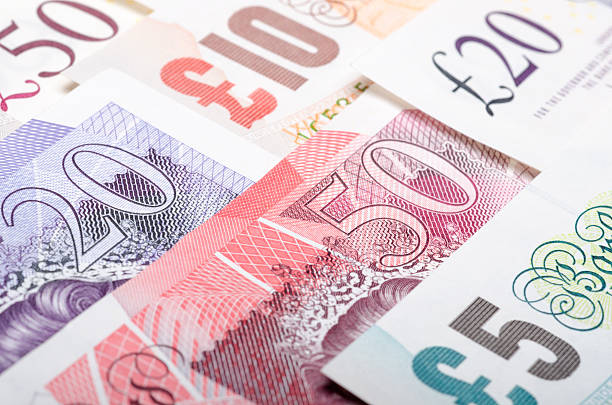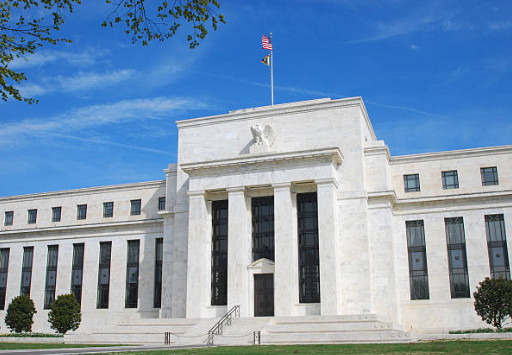Japanese Yen remains on the front foot against a bearish USD, ahead of US NFP report

- The Japanese Yen ticks higher against the USD amid the divergent BoJ-Fed policy expectations.
- Persistent trade-related uncertainties and a positive risk tone cap gains for the safe-haven JPY.
- Traders await the US NFP report before placing fresh directional bets around the USD/JPY pair.
The Japanese Yen (JPY) trades with a mild positive bias against a bearish US Dollar (USD) during the Asian session on Thursday and remains close to a nearly one-month peak touched earlier this week. Despite the Bank of Japan's (BoJ) rate hike hesitations, investors seem convinced that the central bank will stay on the path of monetary policy normalization amid the broadening inflation in Japan. This marks a significant divergence in comparison to other major central banks' (including the US Federal Reserve (Fed)) push towards a more easing approach and benefits the lower-yielding JPY.
Meanwhile, US President Donald Trump hinted at potentially ending trade talks with Japan and also threatened more tariffs on Japan over its alleged unwillingness to buy American-grown rice. This, along with a generally positive risk tone, is seen acting as a headwind for the safe-haven JPY. Furthermore, traders seem reluctant and opt to wait on the sidelines ahead of the release of the closely-watched US Nonfarm Payrolls (NFP) report later today. The crucial data will play a key role in influencing the US Dollar (USD) and providing some meaningful impetus to the USD/JPY pair.
Japanese Yen bulls have the upper hand as BoJ rate hike bets offset trade jitters
- Bank of Japan Governor Kazuo Ueda said on Tuesday that the current policy rate was below neutral and additional interest rate hikes will depend on inflation dynamics. Consumer inflation in Japan has exceeded the BoJ's 2% target for more than three years as companies continue to pass on rising raw material costs. This backs the case for further tightening by the central bank and acts as a tailwind for the Japanese Yen.
- In contrast, Federal Reserve Chair Jerome Powell, when asked if July was too soon to consider rate cuts on Tuesday, answered that it’s going to depend on the data. Traders ramped up their bets and are now pricing in nearly a 25% chance of a rate cut by the Fed at the July 29-30 meeting. Moreover, a 25 basis points rate cut in September is all but certain, and expectations for two rate reductions by the end of this year are high.
- Meanwhile, US President Donald Trump escalated his attacks on Powell and called for the Fed chief to quit immediately. This further raises concerns about the central bank's independence and keeps the US Dollar bulls on the defensive. Also weighing on the US currency is the disappointing release of the US ADP report on Wednesday, which showed that private payrolls unexpectedly lost 33,000 jobs in June.
- Moreover, the previous month's reading was revised down to show an addition of 29,000 jobs compared to 37,000 reported initially. The data suggested a sluggish hiring environment and fueled speculations that the US Unemployment Rate might tick up to at least 4.3% in June from 4.2% in May. Hence, the market focus will remain glued to the closely-watched US Nonfarm Payrolls (NFP) report due later this Thursday.
- On the trade-related front, Trump expressed frustration over stalled US-Japan trade negotiations and cast doubt about reaching an agreement before the July 9 deadline. Furthermore, Trump suggested that he could impose a tariff of 30% or 35% on imports from Japan, above the tariff rate of 24% announced on April 2, in retaliation for the latter's alleged unwillingness to buy American-grown rice.
USD/JPY seems vulnerable while below 200-SMA on H4, around the 144.30 region

From a technical perspective, the overnight rejection near the 200-period Simple Moving Average (SMA) on the 4-hour chart and negative oscillators suggest that the path of least resistance for the USD/JPY pair is to the downside. Some follow-through selling below the 143.40-143.35 area would reaffirm the bearish outlook and drag spot prices further towards the 143.00 round figure. This is followed by the weekly low, around the 142.70-142.65 region, which, if broken, should pave the way for a fall towards the May monthly swing low, around the 142.15-142.10 region.
On the flip side, any positive move back above the 144.00 mark might continue to face stiff resistance near the 200-period SMA on the 4-hour chart, currently pegged near the 144.30 region. A sustained strength above the latter, however, could trigger a short-covering move and lift the USD/JPY pair beyond the 144.65 horizontal zone, towards the 145.00 psychological mark. The momentum could extend further towards the 145.40-145.45 supply zone, which, if cleared decisively, might shift the near-term bias in favor of bullish traders.
Japanese Yen FAQs
The Japanese Yen (JPY) is one of the world’s most traded currencies. Its value is broadly determined by the performance of the Japanese economy, but more specifically by the Bank of Japan’s policy, the differential between Japanese and US bond yields, or risk sentiment among traders, among other factors.
One of the Bank of Japan’s mandates is currency control, so its moves are key for the Yen. The BoJ has directly intervened in currency markets sometimes, generally to lower the value of the Yen, although it refrains from doing it often due to political concerns of its main trading partners. The BoJ ultra-loose monetary policy between 2013 and 2024 caused the Yen to depreciate against its main currency peers due to an increasing policy divergence between the Bank of Japan and other main central banks. More recently, the gradually unwinding of this ultra-loose policy has given some support to the Yen.
Over the last decade, the BoJ’s stance of sticking to ultra-loose monetary policy has led to a widening policy divergence with other central banks, particularly with the US Federal Reserve. This supported a widening of the differential between the 10-year US and Japanese bonds, which favored the US Dollar against the Japanese Yen. The BoJ decision in 2024 to gradually abandon the ultra-loose policy, coupled with interest-rate cuts in other major central banks, is narrowing this differential.
The Japanese Yen is often seen as a safe-haven investment. This means that in times of market stress, investors are more likely to put their money in the Japanese currency due to its supposed reliability and stability. Turbulent times are likely to strengthen the Yen’s value against other currencies seen as more risky to invest in.








